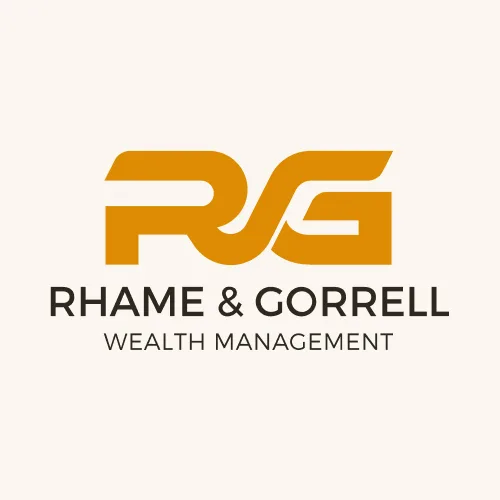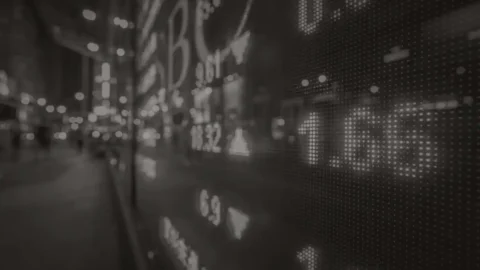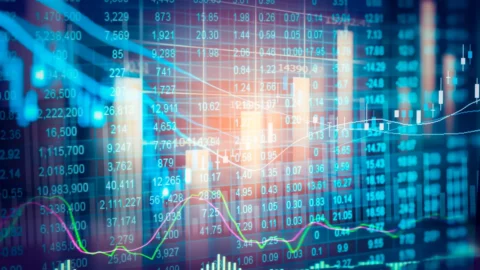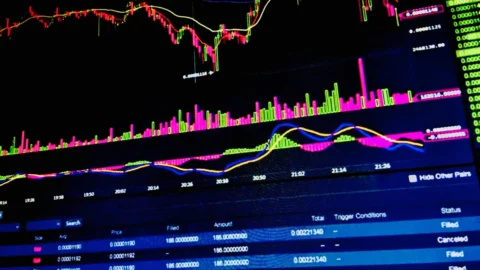How to Lose $1.5 Billion in 10 Minutes
One of the catalysts for the recent upsurge in volatility has largely gone under the radar to the general public. A product that was created to mimic the strategy of shorting volatility – called an inverse exchange traded note (symbol XIV) – was largely responsible for a huge increase in overall market volatility and caused the price of the product to drop from $99.00 on February 5th to $5.66 as of yesterday. Investors in the product are essentially wiped out with no chance of recovery, as there is a provision buried in the prospectus that terminates the trust when the closing price drops to 20% of the previous days price. The worst part of this? Most investors owned this and the advisors who sold it have no idea how this happened.
There are two reasons why this occurred – The structural issue of the product and the effect that “short gamma” had on the volatility market. This is an extremely complex issue and we are not going to get too complicated in the explanation, but it is important to understand this process because people who were invested in it and the advisors who sold it clearly did not.
First, let us understand that XIV’s mission is to provide the one-day inverse return of the S&P500 Short Term Futures Index (SPVXSP). Bear in mind this is not the actual VIX – which you cannot invest in – but an index based on front and second month VIX futures that roll on a schedule. It is essentially the best proxy for the widely used VIX Index. Because of the futures roll the price can vary significantly from VIX and for this discussion we will be looking at the VIX index. (1)
It is our belief that the structure of the products caused them to essentially destroy themselves between 4:00 and 4:10 on Monday.
An interesting issue of these products is that their end of day rebalances are all in the same direction as the market moved that day. By way of a simple example we look at a scenario in XIV in which VIX Index goes up 50% in one day.
That 50% up move in the volatility causes XIV to lose 50% as it is supposed to do. This is where the structure broke down. Mechanically, at 4:00PM, XIV closes and the manager’s job is to prepare to produce the inverse one day return in SPVXSP tomorrow given the assets in the fund. If the assets of the fund were $100MM for example, they would need to buy back enough futures to make the fund worth $50MM – meaning they must cover enough of their positions to be balanced between 4 and 4:10 when the index sets its closing price. This is a normal occurrence that happens every day as the products “true up” to the indices. So, what happened?
First off, the market cap of XIV was $1.9 billion, so with the VIX index rising 35% the XIV had to buy as much as 100,000 futures in 10 minutes. This represented roughly 25% of the combined Average Daily Volume combined that would need to be purchased in 10 minutes. Normally these rebalances are relatively minor, but on Monday with the Dow down 1100 points, this was far from a normal close. This buying by the issuers of XIV and SVXY drove the futures dramatically higher.
This is where gamma takes over. Strap yourself in because this is complicated. What is gamma? Gamma is the rate of change in an options contract’s delta. Delta measures the rate of change in the price of an option relative to the stock to which it’s pegged. So, we’re talking about the rate of change in a rate of change on a derivative to a stock. In effect, it is how fast an option price can move. Think of it like the accelerator on a car.
The problem was the need to buy futures on a weak day, at the end of the day, in a limited time frame. And the more the volatility increased during the day the more the XIV fund had to buy. This is known as being “short gamma” – the higher the futures price went, the more the XIV had to purchase. S&P futures fell 30 points during this 10-minute period from 4:00 – 4:10 – the futures were reacting to the explosion in VIX futures rather than the “traditional” other way around. Every tick higher in VIX volatility meant that more futures had to be bought. It became a vicious cycle. For market historians, this methodology was similar in nature to the “portfolio insurance” that was blamed for the 1987 Crash. At the end of the day, the value of the fund had been reduced by 90% because of the forced algorithmic trading.
Any 100% or greater move in VIX had the potential to cause this to occur. The XIV prospectus pretty much lets you know this likely would happen. So why would someone ever invest in a product like this?
- It was a very profitable strategy. From 1/1/16 to 1/31/18 the XIV returned 625%. Many investors looked at the returns and the low volatility environment of the past two years and concluded that this was a good area to be in.
- This was a “smart money” strategy that hedge funds were employing. The big difference is that the retail products used forced-trading algorithms to execute the strategies. An experienced trader at a hedge fund may have recognized what was happening and taken other actions to protect the trade.
- Most investors didn’t understand the risks that the strategy entailed – especially the clause in the prospectus about automatic termination of the trust.
What can be taken away from this example? The first and most obvious point is that any investor needs to know WHAT they own, WHY they own it, and WHEN to sell when the investment conditions change. The issue in this case wasn’t necessarily that it was a complicated strategy, but that the potential risks outweighed the returns as the overall level of volatility kept shrinking. It is clear that this distinction was lost on most investors.
The second point is that even if you have an advisor, there is no guarantee that he or she understands this any better than you do. The best protection against this is to ask the WHAT, WHY and WHEN questions. If you don’t get satisfactory answers, then don’t own the investment – and maybe find an advisor that does understand it. Volatility and complexity are not bad things – they tend to cause dislocation in asset prices which provide opportunity for investment for those that can understand and react quickly to changing environments. The key factor that was missed in this example was a proper assessment of the risk and allocation against the potential reward. As we have discussed at length in almost every communication, the focus on risk is the most important factor that we consider in looking at individual investments and overall portfolios.
As always, if you would like further discussion please contact our Investment team.
(1) The S&P 500® VIX Short-Term Futures Index utilizes prices of the next two near-term VIX® futures contracts to replicate a position that rolls the nearest month VIX futures to the next month on a daily basis in equal fractional amounts. This results in a constant one-month rolling long position in first and second month VIX futures contracts.
Need Some Help?
If you’d like some help from one of our CPAs or CERTIFIED FINANCIAL PLANNER (CFP®) advisors regarding this strategy and how it applies to you, the Rhame & Gorrell Wealth Management team is here to help.
Our experienced Wealth Managers facilitate our entire suite of services including financial planning, investment management, tax optimization, estate planning, and more to our valued clients.
Feel free to contact us at (832) 789-1100, [email protected], or click the button below to schedule your complimentary consultation today.
IMPORTANT DISCLOSURES:
Corporate benefits may change at any point in time. Be sure to consult with human resources and review Summary Plan Description(s) before implementing any strategy discussed herein.Rhame & Gorrell Wealth Management, LLC (“RGWM”) is an SEC registered investment adviser with its principal place of business in the State of Texas. Registration as an investment adviser is not an endorsement by securities regulators and does not imply that RGWM has attained a certain level of skill, training, or ability. This material has been prepared for informational purposes only, and is not intended to provide, and should not be relied on for, tax, legal or accounting advice. You should consult your own CPA or tax professional before engaging in any transaction. The effectiveness of any of the strategies described will depend on your individual situation and should not be construed as personalized investment advice. Past performance may not be indicative of future results and does not guarantee future positive returns.
For additional information about RGWM, including fees and services, send for our Firm Disclosure Brochures as set forth on Form ADV Part 2A and Part 3 by contacting the Firm directly. You can also access our Firm Brochures at www.adviserinfo.sec.gov. Please read the disclosure brochures carefully before you invest or send money.













